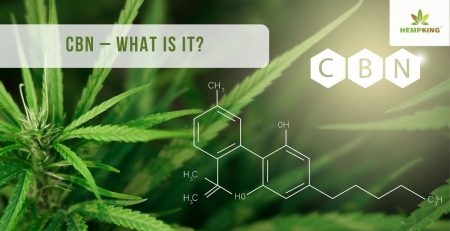DER and Standardization
min. reading
Many supplements and medications contain herbal extracts with various health benefits for the entire body. Unfortunately, what the manufacturer declares on the packaging isn’t always accurately reflected in the product. Therefore, this article provides insights into how to check the quality of products and what to consider when purchasing them.
Table of Contents
DER and Standardization: Assessing the Quality of Herbal Extracts
Before delving into standardization and understanding the abbreviation DER, it’s beneficial to learn more about herbal extracts. A herbal extract is simply a substance obtained from a specific plant through extraction. The extraction process involves isolating the desired substance from the plant. Plants are often a source of many components that may exhibit various valuable properties, such as anti-inflammatory, antibacterial, antifungal, stimulating, focusing, and calming effects. While numerous dietary supplements are available on the market, not all provide information on standardization or DER. Therefore, the price difference between products can be significant. Standardization and DER are two parameters to consider when purchasing products containing herbal extracts.
How to Evaluate the Quality of Herbal Extracts?
When buying products containing herbal extracts, it’s essential to rely not only on brand familiarity but also on the information provided on the product label. During the assessment of the quality of herbal extracts, attention should be given to whether the label includes information on standardization and DER. This information ensures that you are purchasing a truly valuable product at a reasonable price.
What is Standardization?
Plant raw materials can differ in their chemical composition due to variables such as harvest time, sunlight exposure, watering, soil fertility, and environmental pollution. Consequently, different crops can significantly vary in terms of active ingredient content. Standardization is a parameter used to determine the quantity of a specific component in a product. Measurements involve chemical, biological, physicochemical, macroscopic, and microscopic assessments. With such labeling on a product, you can be sure you’re not buying a low-quality item. Therefore, it’s not always advisable to base your decision solely on price, as paying a bit more sometimes means getting a much better product.
DER – Drug Extract Ratio – What is it?
DER, or Drug Extract Ratio, is a parameter that indicates the amount of raw material used to obtain an extract. In other words, it is the ratio of the amount of plant material to the amount of extract produced from it. This information allows consumers to determine which product contains a more potent extract. For example, if you purchase a product containing ginseng extract with a DER of 10:1, it means that 1 gram of dry extract was obtained from 100 grams of the plant for the production of that product. If the DER were 20:1, it would mean that 2 grams of extract were obtained from 100 grams of the plant for the production of the product. If the supplement packaging lacks this indication, it may suggest that the extract simply isn’t effective.
References:
- Cybul M., Nowak R.: Review of the methods applied to measuring of antioxidant activity of plant extracts.
- Nowak G.: Herbal medicinals applied in cardiovascular and heart diseases.
















 Facebook
Facebook Instagram
Instagram

Leave a Reply